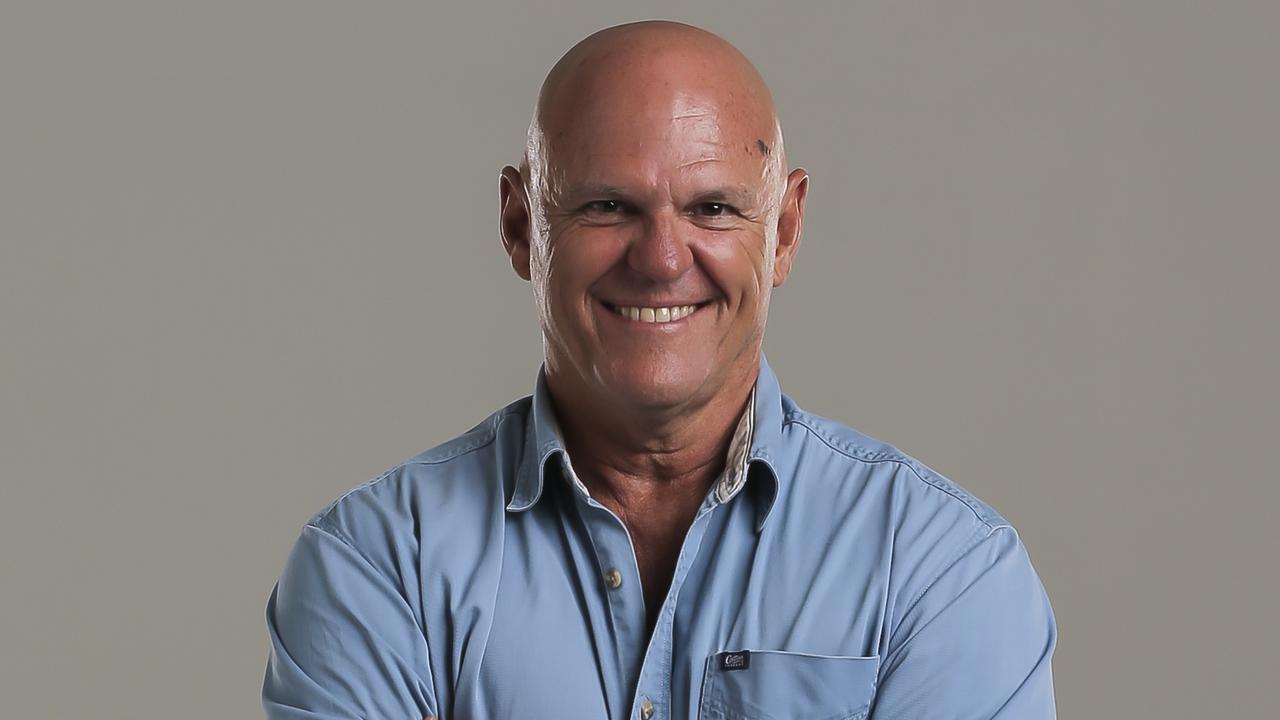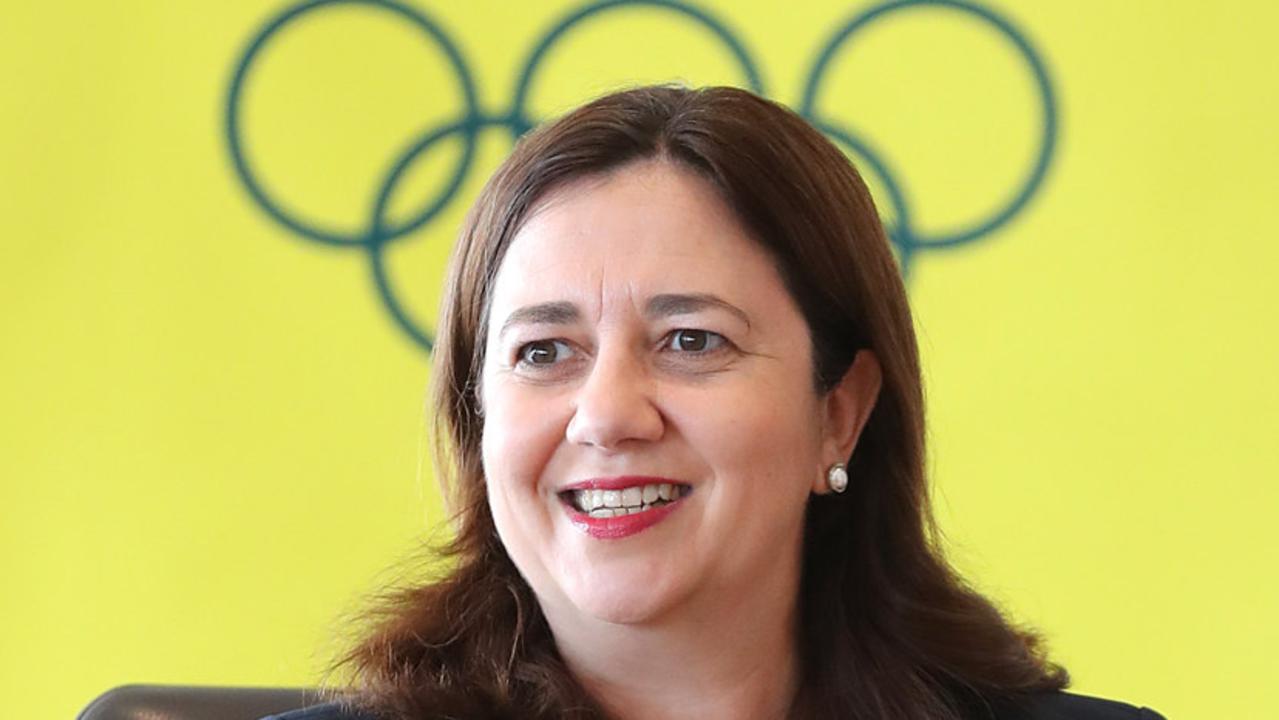Opinion: Billions of dollars are being spent on building and refurbishing Australian stadiums
AUSTRALIA is in the middle of a stadiums arms race, with billions of taxpayer funds being spent around the country to upgrade our premiere sporting venues. While the benefits of upgrading can’t be denied, it needs to add up financially, too.
Opinion
Don't miss out on the headlines from Opinion. Followed categories will be added to My News.
- Titans could abandon Cbus Super Stadium
- AFL chair: Stadiums Queensland is a ‘disgrace’
- Palaszczuk has dropped the ball on footy
- Footy codes unite to fight stadium rort
AUSTRALIA is in the midst of a stadiums arms race.
In somewhat of a moving feast, the New South Wales Government is rebuilding Allianz Stadium at Moore Park and refurbishing ANZ Stadium at Homebush at an estimated cost of $1.5 billion.
The MCG, the fabled home of AFL football, is getting a $1 billion “makeover”.
In the west they dropped $1.6 billion on a new stadium up the road from the WACA while the South Australians recently renovated Adelaide Oval, ensuring cricket and football were played at the same ground.
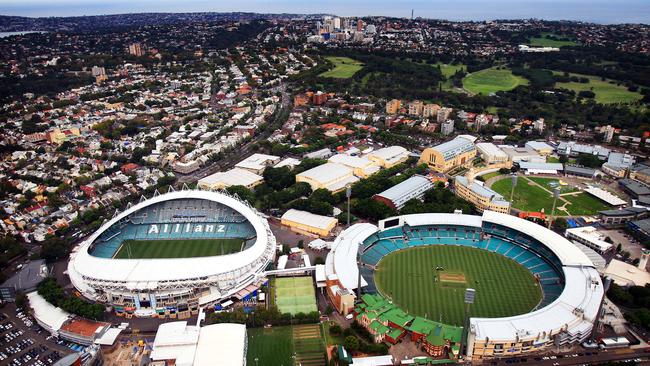
Here in Queensland, something similar is occurring, albeit on a much smaller scale so far.
An estimated $250 million is being spent by State, Federal and local governments on a new ground in Townsville for the North Queensland Cowboys.
A new $30 million home of netball is underway at Nathan while the Gold Coast’s Metricon Stadium was improved for the Commonwealth Games.
Meanwhile, the AFLW’s Brisbane Lions looks like they’ll get a home at Springfield while rugby union bosses have big plans for Ballymore.
The day is also fast approaching when people will start advocating for a rebuild of The Gabba to attract back big cricket games, particularly after the Cross River Rail project is completed.
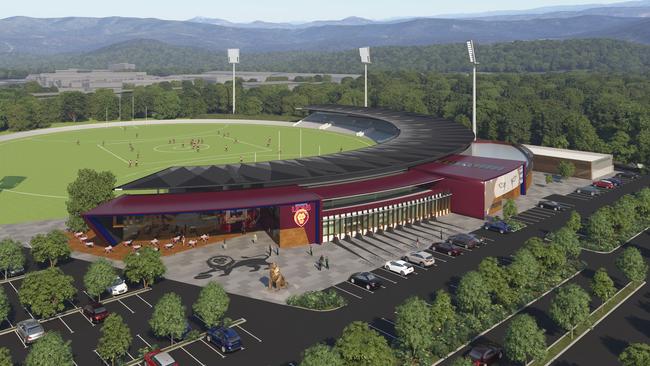
Sports stadiums are wonderful pieces of infrastructure.
They bind communities together through our love of sports and, when built and operated successfully, they can be significant drivers of tourism.
However, they also need to make financial sense.
While it’s not essential for stadiums to turn big profits given the social and wider economic benefits, it is important that the advantages aren’t outweighed by a constant drain on taxpayers’ dollars.
The current brouhaha between the Palaszczuk Government, Stadiums Queensland, the Gold Coast Suns and Titans needs to serve as a salient lesson for all future stadium investment.
There’s fault on all sides.
The two Gold Coast teams are complaining about Stadium Queensland’s fees and insist it’s unfair that they pay the same transport levies as the codes at Brisbane venues.
However, it’s unlikely these teams would be feeling the pinch of fees if they got more “bums on seats” at their games.
To do that their fans have to believe they’re worth watching.
Both codes play out of stadiums funded by taxpayers and there’s a strong argument that the teams should pay their own way.
Equally however, both Metricon and Cbus stadiums are products of poor planning.
Neither is particularly well served by public transport connections and their crowds would be suffering as a result.
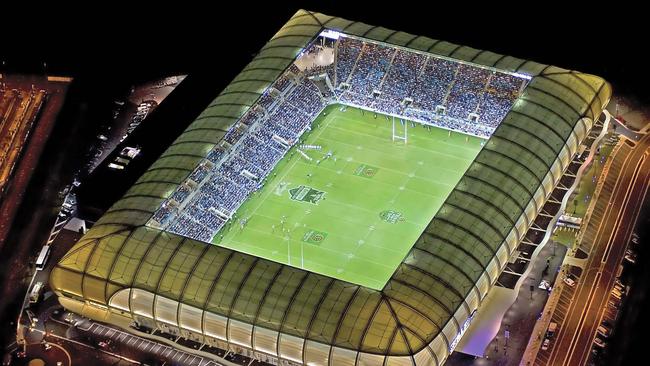
Excluding the Commonwealth Games, both stadiums are virtually single-use venues that don’t attract other major events.
That severely limits the ability of Stadiums Queensland to spread the cost of upkeep onto other users.
The message here for all sides of the argument is pretty simple; they must do better.
The Suns and the Titans need to start attracting bigger crowds and to do that they’ll need a winning formula on the field.
It would be naive to believe fans will turn up and watch a team that loses every week.
Meanwhile, the Government may have to consider giving the clubs some temporary relief from fees while they build up their fan base while investing more into attracting events to the venues.
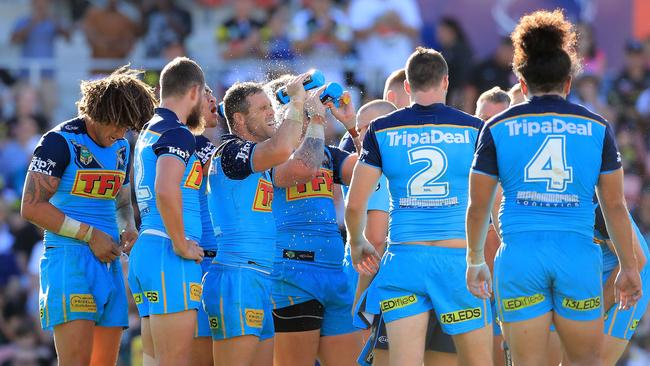
The clubs championed for these stadiums to be upgraded and built at taxpayers’ expense on the basis they would be successful in both a sporting and financial sense.
It is unfair for them to expect that gratuity will be a permanent perk.
Yet the Government also has a responsibility to foster an environment where sports can flourish and ensure the price they pay for the venues is fair.
Sports fans don’t park their car nearby and then park themselves on a grassy knoll anymore to watch a game.
Stadiums need to offer efficient transport and a full experience if they’re going to get fans away from their big screen televisions to the game.
These supplementary costs must considered in future when governments start getting all starry-eyed about sports stadiums.
BABIES NEED YOU TO BUTT OUT
FOR many smokers tobacco is a habit more addictive than heroin, and certainly just as hard to kick.
Even if you are going to put your own health and life expectancy at risk – and spend what are now not inconsiderable sums of money to do it – there is zero reason to also endanger the lives of others.
Yet this is exactly what one in every eight (or 12.4 per cent) mothers-to-be in Queensland do while pregnant.
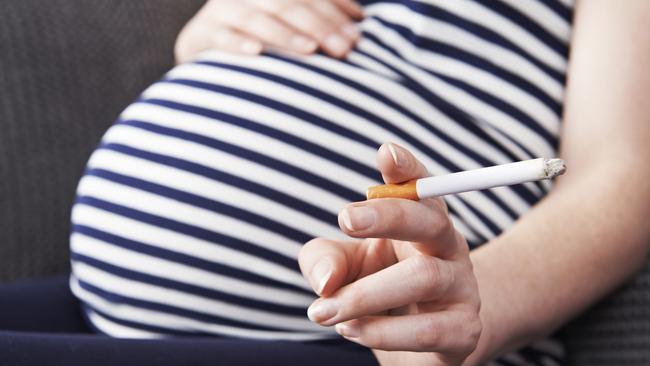
This is an era where the harm that smoking can inflict on an unborn baby is well known: mothers who ignore the warnings increase the risk of stillbirth, low weight and premature babies, and render their children more susceptible to diabetes and obesity in future years.
The situation is worse the further you get from our urban centres, with smoking rates among pregnant women as high as 40 per cent in parts of north Queensland.
The bottom line is that it requires real resolve and willpower on the part of mothers-to-be, and support in kicking the habit. Giving up smoking is a decision you will never regret, and one your children will thank you for.

